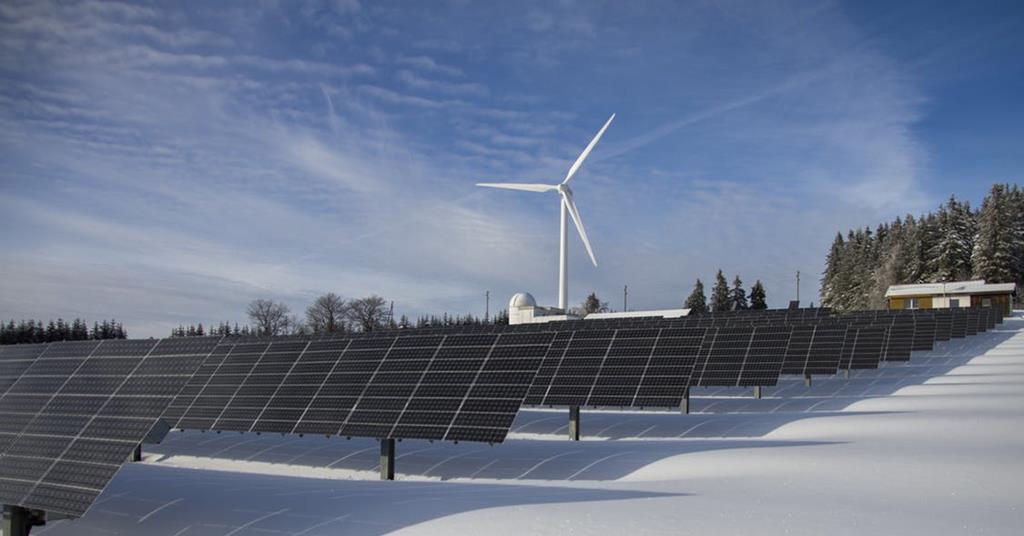The amount of investments in infrastructure in Europe has to increase to €302bn annually until 2025 to for net-zero targets to be reached, up by €87bn compared with investments required during the period 2016-2020, according to a study conducted by the ETH Zürich University.
The authors of the research report – Lena Klaassen and Bjarne Steffen – conducted a meta study to calculate the amount of investments necessary for infrastructure and specific technologies relevant for the transition to a sustainable economy until 2035.
The study has found that in Europe in particular investments in renewable power plants, electricity grids and rail infrastructure have to drastically increase, following the European Union’s Green Deal policy to become climate neutral by 2050, and its decision to become independent from Russian energy sources after the invasion of Ukraine.
Reaching net zero in Europe requires that investments in renewable power plants and electricity grids, mainly for distribution grid and electric storage, grow by €24bn per year, and investments in rail infrastructure by €25bn per year, based on the EU climate strategy for transport, for digitisation and improve capacity along key corridors, according to the study.
Klaassen, who is a researcher at the Climate Finance and Policy (CFP) group, said: “Compared to the past, significant investment increases by up to 60% are urgently needed for these areas already in the very near term.”
She added: “To meet the required investment increases, timely policy actions are required, specifically targeted towards directing more investments in low-carbon infrastructure, in renewable power plants, electricity grids and rail infrastructure.”
Investments in low-carbon fuels necessary to decarbonise the transport sectors need to go up by €4bn a year. A “steep uptick” in investments is required in the period 2021-2025 to reach EU targets after declining levels (-12%) seen in the periods 2011-2015, and 2016-2020, it added.
The study has calculated a 41% increase in money deployed for infrastructure necessary for the green energy transition already in the first half of this decade, the biggest effort, and a second jump of 14% after 2030.
Investments in conventional fuel infrastructures, instead, will have to shrink by €13bn per year. Investments in conventional power plants, oil and gas infrastructure should decrease by between €7-11bn a year.
Policymakers across Europe are designing rules and setting targets to meet net-zero emissions but the amount of investments for specific technologies driving the transition to a greener economy might not be fully understood, according to the study.
This in turn might makes it difficult to understands and assess whether policies actually lead to reaching net-zero targets, the study said.
Steffen is convinced that spending €87bn a year more on infrastructure investments is “totally feasible” given the size of European equity and debt markets.
He added: “The challenge is to achieve a very rapid re-direction [of the funds] already within the next few years, and to create regulatory certainty for investments in sectors like hydrogen and carbon management.”
Russia’s invasion of Ukraine has accelerated investments especially in renewables, solar photovoltaics and wind turbines to a larger extent compared with additional natural gas infrastructure such as LNG terminals, he said.

